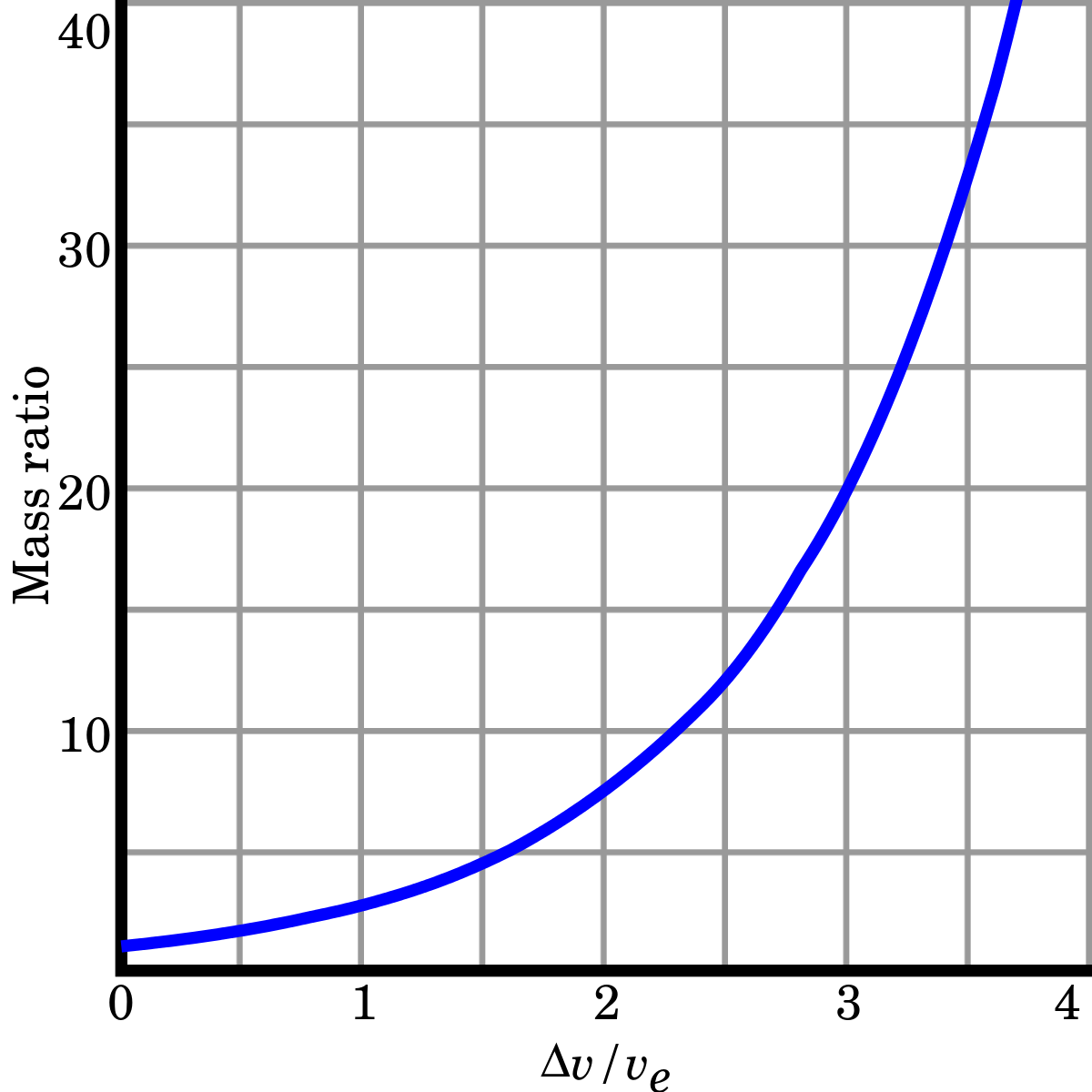...If you suspend limits of thrust/weight ratios, escape velocity, exorbitant costs, and perhaps..a few laws of physics, here is my scenario:
- SpaceX has a Super Heavy Lift stage in LEO, configured as giant gas tank w/ new rocket motor tech. It will hook up w/ a SpaceX Starship, one-way, into deep space. I know. But it's for science!
- Starship reaches LEO & joins w/ the fueled 'Special' SHL vehicle (re-named "S-SHL vehicle"). They proceed to escape velocity from Earth's gravity well, into deep space.
- The new 'special tech' allows constant rocket motor burn 24 hrs per day, until fuel depletes, which will be exactly (10) non-stop days. I'm trying to keep the math easy.
(Q): What would be the maximum velocity (relative to departure) from Earth's orbit, at the end of 240 hrs of continuous burn?
- SpaceX has a Super Heavy Lift stage in LEO, configured as giant gas tank w/ new rocket motor tech. It will hook up w/ a SpaceX Starship, one-way, into deep space. I know. But it's for science!
- Starship reaches LEO & joins w/ the fueled 'Special' SHL vehicle (re-named "S-SHL vehicle"). They proceed to escape velocity from Earth's gravity well, into deep space.
- The new 'special tech' allows constant rocket motor burn 24 hrs per day, until fuel depletes, which will be exactly (10) non-stop days. I'm trying to keep the math easy.
(Q): What would be the maximum velocity (relative to departure) from Earth's orbit, at the end of 240 hrs of continuous burn?




